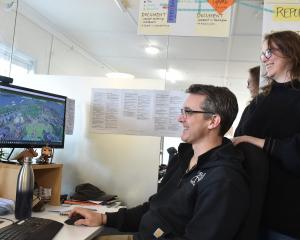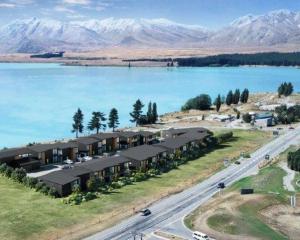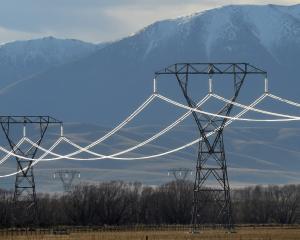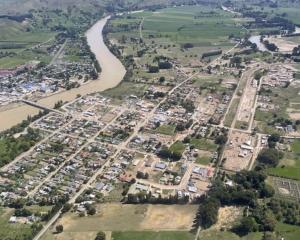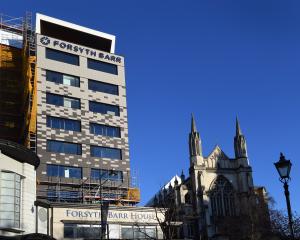The kiwi failed to reach the much anticipated 1:1 value on Tuesday, when the Reserve Bank of Australia did not cut its official lending rate to 2%.
Instead, RBA governor Glenn Stevens indicated a cut was coming, just not right now.
Mr Alexander said yesterday none of the negative factors affecting the Australian economy were going to reverse soon.
''Two weeks ago, I said it was a 50:50 call whether we reach parity. Last week, I said 75:25. This week, I say 85:15.''
Mr Alexander listed iron ore prices being at a 10 year low and less than one third of their levels of four years ago, among the negative factors coming together at the same time in Australia. Iron ore was Australia's largest export earner.
There were persistent con cerns about immediate growth prospects for China, bringing the risk of further falls not just in iron ore prices, but also coal prices.
''The Federal Government is finding itself unable to pass legislation to get a deteriorating budget deficit track under control, bringing reduced confidence to the business sector.''
The Federal Government was also proving unable to undertake increasingly necessary economic reforms aimed at allowing productivity in Australia to overcome the complacency and inefficiencies generated by 23 years without a recession, he said.
The retailing sector was struggling to adjust to online competition and consumer spending caution following the global financial crisis.
It was anticipated there would be full closure of the motor vehicle assembly industry by the end of 2017.
''This, and other factors, are hitting the manufacturing sector hard.
''Investment in the mining sector is plummeting, although there is some offset from improving residential construction assisted by record low interest rates.''
As the Australian dollar fell, New Zealand had partly ridden on its coat tails, Mr Alexander said.
But the New Zealand dollar had not fallen as far as the Australian currency because the New Zealand domestic economy was now in better shape.
New Zealand's jobs growth had been a strong 3.5% in the past year, economic growth was up 3.2%, core retail sales had grown, business and consumer confidence were at above average levels, commodity prices had fallen less than Australia's and chances were slim the New Zealand Reserve Bank would feel the need to cut interest rates, he said.
New Zealand's cash rate increased 1% last year to 3.5% while Australia's was cut to 2.25%, but not to the 2% level markets had factored in before Tuesday's RBA announcement.
''So now the kiwi dollar has settled back for a bit against the Australian dollar do we ... cancel the sausage roll orders?
''Not at all. Take delivery and put them in the freezer.''




